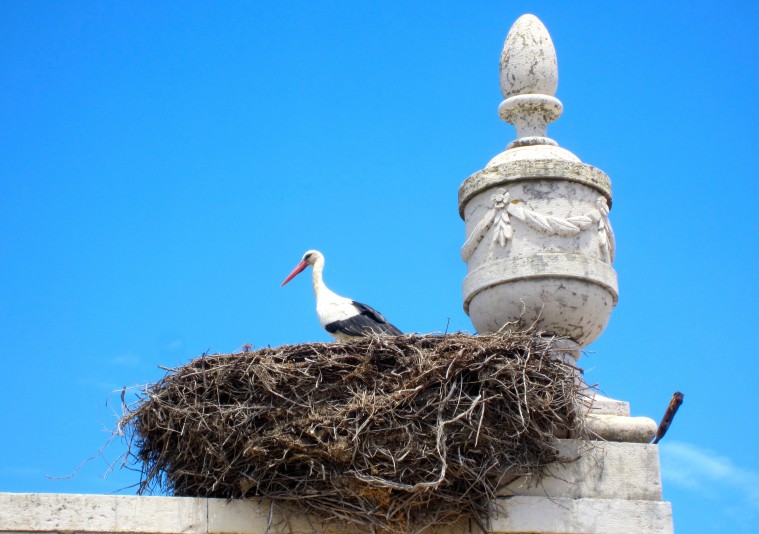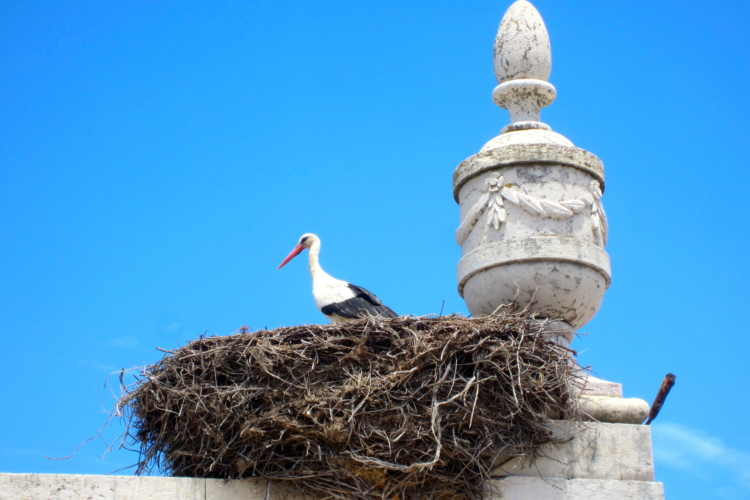DESTINATIONS

Portugal: Eastern Algarve
While the west side has enjoyed the lion’s share of the tourist trade since the 1970s, the Eastern Algarve of Portugal, stretching from the central city of Faro to the Spanish border, is far more relaxing and infinitely more cool.
The Eastern Algarve is where the smarter Europeans are buying (and renting out) their summer properties, and where hip expats are opening boutique hotels and hot restaurants. The sleepiness of the tiny towns and empty beaches weeds out the people who can’t sit in a chair for more than 10 minutes. The common denominator here, for both locals and tourists, is an innate ability to appreciate life. It’s easy to see why. Secluded beaches can stretch for many kilometres with no one in sight. Centuries-old towns—with their winding narrow walkways, whitewashed markets and village square cafés—are beyond quaint. Exquisite mosaic tile work is everywhere you look.
Fly to Faro. This hub city separates the Eastern and Western Algarve. There’s a lot of history here, and a visit to the Arco da Vila Interpretation Centre, built within one of the city’s oldest Moorish gates dating from the 11th century, provides visitors with the basics. From there, you can pop into nearby Faro Cathedral, but perhaps more intriguing is the Church of Nossa Senhora do Carmo, noted for the 1,000 monk skulls that line the rear chapel.
Hit the suburbs. The town of Olhão, just a 20-minute drive east, is the hip part of the region. This busy fishing port has slowly been adopted by artists and creative people over the years, drawn to its no-nonsense grittiness, tumbledown chic, and to the mix of old and new. Boutique hotel developments mingle with mom-and-pop restaurants on tiled pedestrian streets.
Eat ice cream. Clearly, these people know how to live: It seems like there’s a gelato shop every 10 metres. Tastes to try include traditional salt-cod fritters, octopus salad, seafood rice and the freshest bread, all plentiful, tasty and inexpensive. Each bakery has its own unique recipe for the ubiquitous pastel de nata, or egg tart, which makes repeat taste-tests essential. And the wine is not only sublime, it can be had for €2 a glass.
Go to the beach. The beaches from Olhao all the way to the Spanish border will spoil you for life. You can do a different one every day. Barril Beach on Tavira Island is a former tuna fishermen’s camp, reached by walking from the mainland across a pontoon bridge, then hopping on a little train that wends its way through the sand dunes to the Atlantic. The ancient Moorish fishing village of Cacela Velha has a favourite local beach where you can walk or wade out to the sand bars, keeping an eye on the tide, then have fresh oysters for lunch.
Shop for trinkets. The border town of Vila Real de Santo Antonio is filled with tranquil cafés and craft-filled markets. Stock up on local crafts like cork home furnishings, ceramic bowls and tiles, terra cotta cookware, wool rugs and fine-milled soaps.
Have lunch in Spain. When you tire of Vila Real de Santo Antonio, get on the short ferry to Ayamonte, Spain, for a tapas lunch and a jug of sangria. (Note that there is a one-hour time difference.)
Go with golf. Tee off at Monte Rei Golf and Country Club just north of Vila Real, ranked by Golf Digest magazine as the No. 1 course in the country. Designed by Jack Nicklaus, it blends into the landscape, with views of the Serra do Caldeirao mountains to the north and the ocean to the south.
Wallow. Near the tiny town of Castro Marim, home to 12th-century castle ruins, you can pop into Spa Salino, an open-air mud bath set amongst the surrounding salt pans. Nothing like saline clay scrub to reveal the real you.



